The plot between Walnut, Sansom, 6th and 7th Streets is occupied by a single massive building called the Curtis Center. Constructed in the Georgian Revival style (Wikipedia’s words, not ours), the Center overlooks Washington Square Park to the south and the Independence Mall to the East. Before achieving its present enormity, however, this space was a cluster of lesser buildings. According to the image shown here below, taken from Samuel L. Smedley’s 1862 Philadelphia Atlas, at least two of these lesser buildings can be identified as the vaguely-named Health Office and the Sansom Street Hall.
The Sansom Street Hall served as a meeting place for oratory functions, often distinguished by their connection to critical civil rights causes like the abolition of slavery and women’s suffrage. The Hall would also distinguish itself, according to the blog Clerk and the City, as one of the only venues to remain open during the cholera outbreak in the summer of 1849, ensuring that those not impacted by the epidemic could still enjoy Brewer’s Moving Panorama of Natural Curiosities. Evidence suggests that the hall survived the outbreak to see the turn of the century. The image here below, courtesy of the Historical Society of Pennsylvania, shows the Sansom Street Hall in 1907.
With its glory days behind it, the Sansom Street Hall and the host of neighbors surrounding it were engulfed by a new mega-structure. Drexel-supported A Few Philadelphia Walking Tours indicates that the Curtis Publishing Company built its new home here in 1910. U.S. History.org offers the scandalous tidbit that “America’s love affair with magazines truly began with Curtis publications.” The postcard pictured here below, also taken from the Historical Society of Pennsylvania, features an illustration of the newly constructed Curtis Publishing Company headquarters.
Originally founded by Cyrus H.K. Curtis in 1901, the Publishing company achieved new heights of success in the growing magazine business. Its Saturday Evening Post, Ladies Home Journal, and Jack and Jill magazines all became household names during the founder’s tenure. The Saturday Evening Post was a particularly influential title, with many issues featuring cover illustrations by painter Normal Rockwell. Like many of Rockwell’s covers, the 1958 issue pictured below, taken from the Arena Creative website, is considered an iconic bit of Americana.
By the late 60s, the Curtis Publishing Company’s fortunes has shifted considerably. The age of magazines had been stifled by the spread of television. The Saturday Evening Post was one of the casualties, folding in 1969. Curtis Publishing followed soon after, selling off its interests through the early 1970s. Today, the Curtis Center remains an active piece of real estate, with most of its space filled by business offices. However, on the weekends, the first floor of the building, managed by the Cescaphe event group, is transformed into one of the more elegant wedding reception and banquet halls in town. According to Cescaphe, the ballroom features “a 12-story Atrium, 750 square-foot Tiffany mosaic mural and two-story waterfall fountain.”
–David Tomar

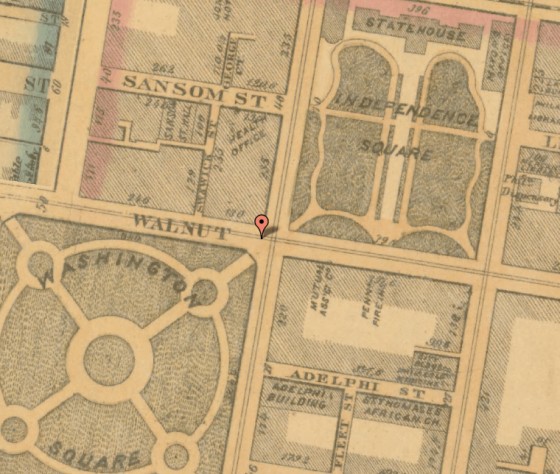
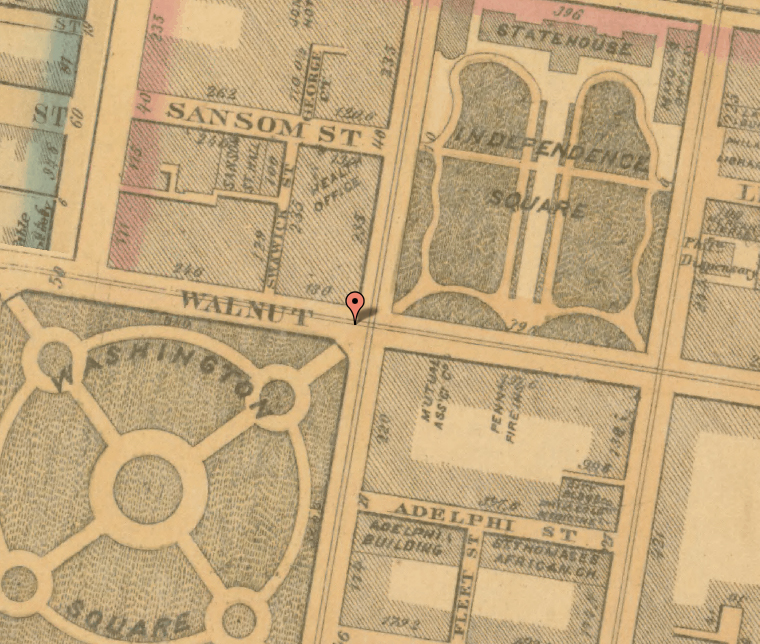
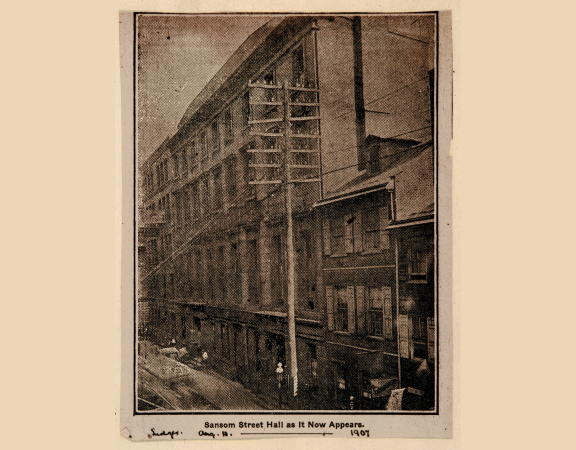
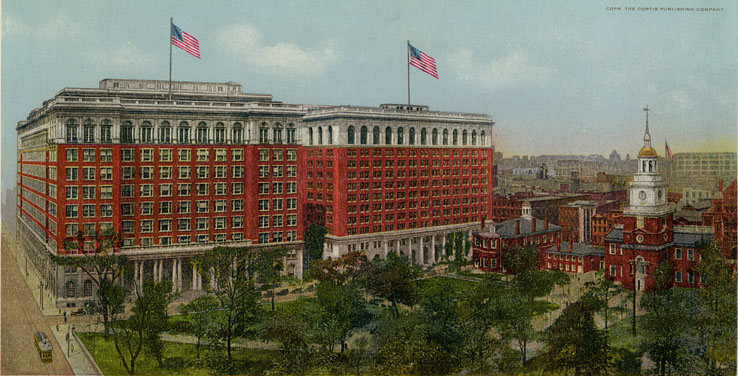
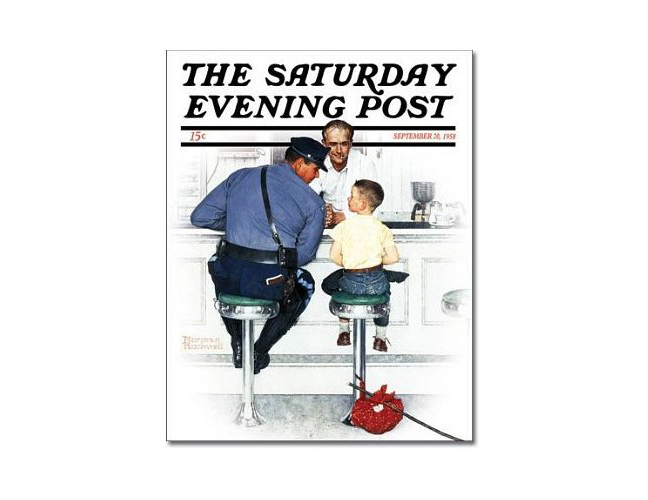
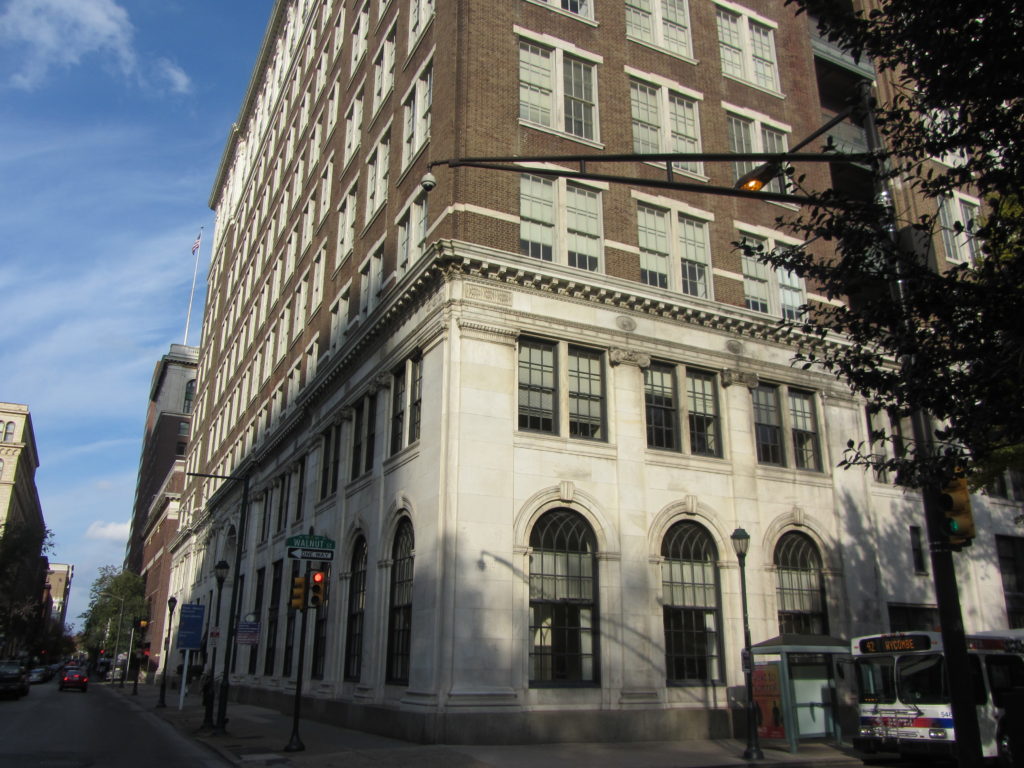
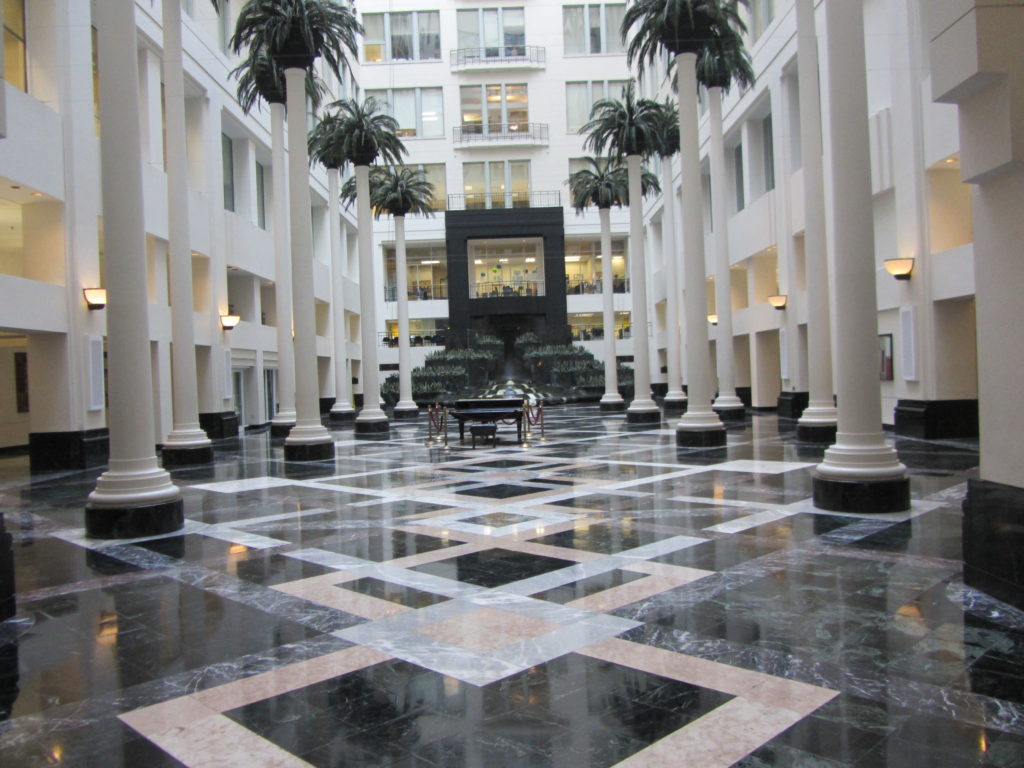
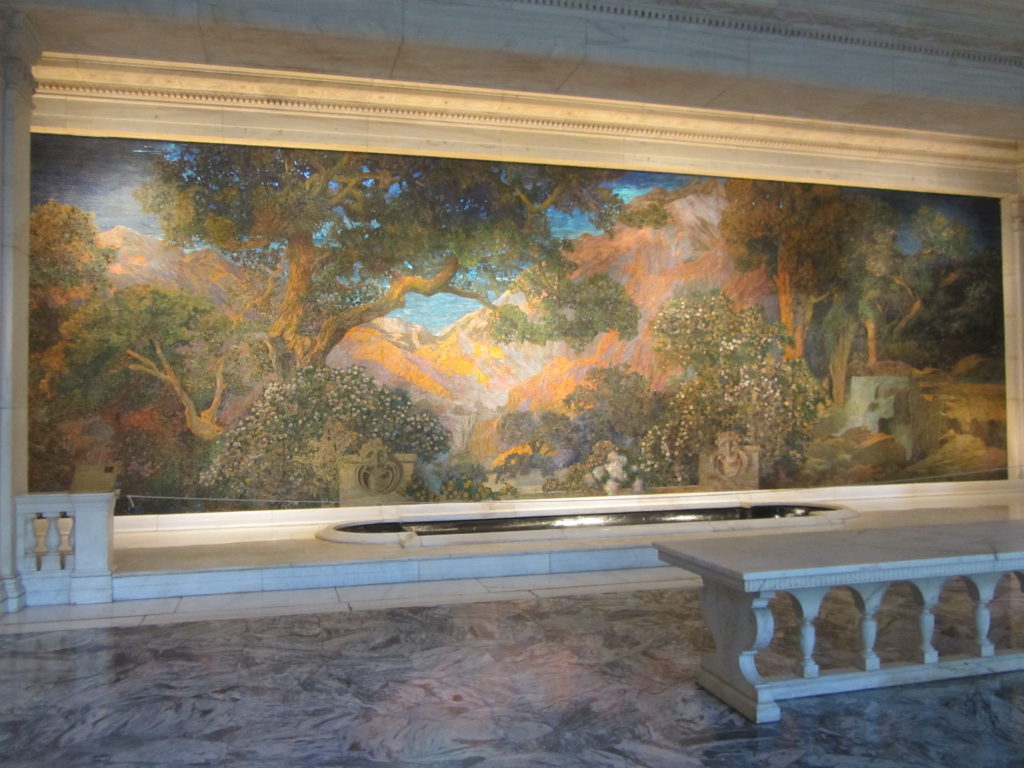
Leave a Reply